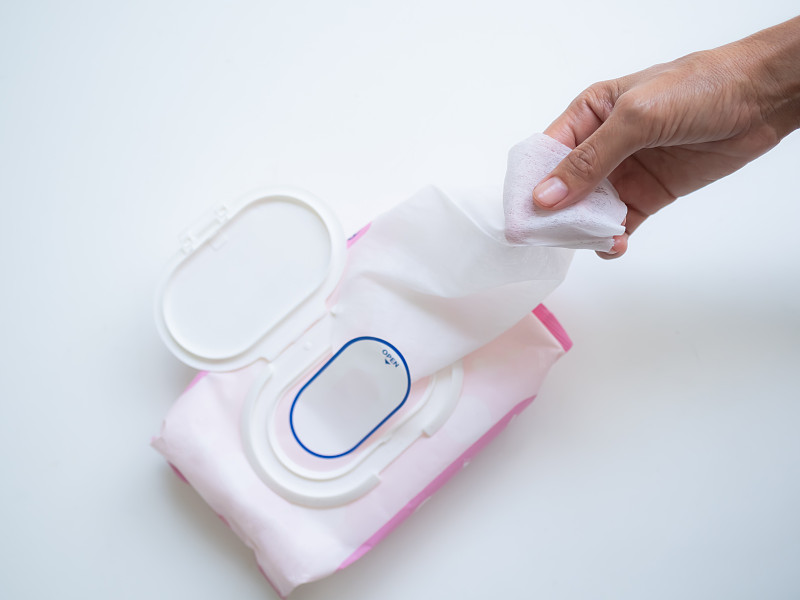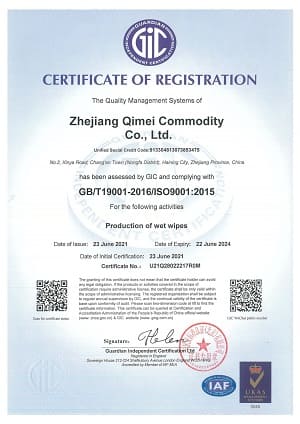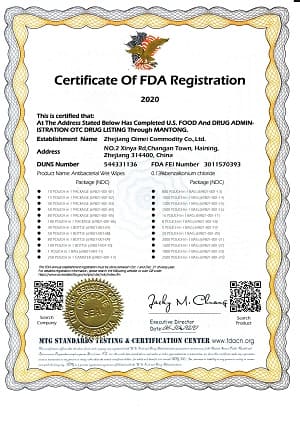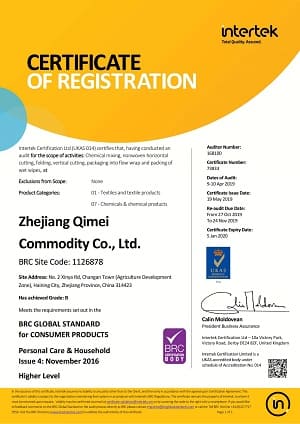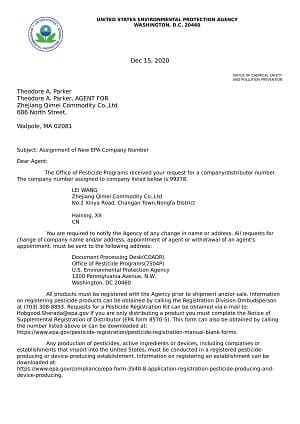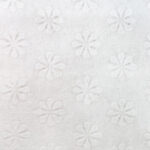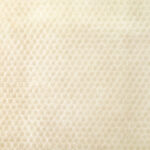Spunlace-Vliesstofftyp: Polyester, Poly-Viskose-Mischmaterial, Bambusfaser, Holzzellstoff (spülbar), Baumwolle oder Sojafaser (biologisch abbaubar)
Flach oder strukturiert (Ihr eigenes LOGO ist verfügbar)
Grammatur: 30–80 g/m²
1/10/30/80/100/120/160 Stück/Packung
Die gängigste Größe von Spültüchern beträgt etwa 13–15 cm x 18–20 cm (5–6 Zoll x 7–8 Zoll). Diese Größe ist praktisch für den einmaligen Gebrauch und bietet genügend Oberfläche, um den äußeren Genitalbereich zu reinigen und zu erfrischen . Einige Intimtücher können jedoch kleiner oder größer als diese Standardgröße sein, um den spezifischen Vorlieben oder Bedürfnissen der Verbraucher gerecht zu werden.
1. Wiederverschließbarer Plastikbeutel: Dies ist die häufigste Art der Verpackung von Feuchttüchern. Es besteht aus Kunststoff und hat oben einen wiederverschließbaren Streifen, um die Tücher frisch und feucht zu halten.
2. Flip-Top-Deckelbehälter: Diese Verpackungsart besteht aus einem Kunststoffbehälter mit einem Flip-Top-Deckel, der geöffnet und geschlossen werden kann, um an die Tücher zu gelangen.
3. Softpack mit Flip-Top-Deckel aus Kunststoff: Ähnlich wie der Flip-Top-Deckelbehälter wird diese Verpackung in einem Softpack geliefert und hat einen Flip-Top-Deckel aus Kunststoff für einfachen Zugriff.
4. Pop-up-Spender: Diese Verpackungsart verfügt über einen Pop-up-Spendermechanismus, der jeweils ein Tuch herauszieht.
5. Reisepaket: Eine kleine Verpackung für unterwegs, oft mit einem Schnappverschluss aus Kunststoff.
6. Einwegverpackung: Diese Feuchttücher werden in kleinen, versiegelten Päckchen geliefert, die praktisch für Reisen oder Outdoor-Aktivitäten sind.
7. Nachfüllbeutel: Diese größere Verpackung dient zum Nachfüllen anderer Feuchttuchbehälter und hat normalerweise eine wiederverschließbare Öffnung.
Abspülbare Tücher bestehen typischerweise aus einer Kombination aus Wasser, Zellulosefasern und verschiedenen Zusatzstoffen wie Tensiden, Emulgatoren, Konservierungsmitteln und Duftstoffen. Die in abspülbaren Tüchern verwendeten Zellulosefasern werden normalerweise aus Holzzellstoff, Baumwolle oder anderen Naturfasern gewonnen, die biologisch abbaubar sind und sich in Wasser zersetzen können.
Um sicherzustellen, dass spülbare Tücher sicher gespült werden können und keine Schäden an Sanitär- und Abwassersystemen verursachen, sind sie so konzipiert, dass sie sich bei Kontakt mit Wasser schnell verteilen und zersetzen. Dies wird durch die Verwendung spezieller Faserarten sowie durch den Einsatz von Dispergiermitteln und anderen Zusatzstoffen erreicht, die einen schnellen Zerfall fördern.
INDA/EDANA-Richtlinien zur Spülbarkeit: Die International Nonwovens and Disposibles Association (INDA) und die European Disposibles and Nonwovens Association (EDANA) haben Richtlinien für spülbare Produkte, einschließlich Tücher, entwickelt. Die Richtlinien enthalten eine Reihe von Tests und Kriterien zur Bewertung der Spülbarkeit von Tüchern und zur Sicherstellung, dass sie sich im Abwassersystem schnell zersetzen.
ISO 22716: Dies ist ein internationaler Standard für die Herstellung, Kontrolle, Lagerung und den Versand von Kosmetikprodukten, zu denen auch Körperpflegetücher gehören. Es umfasst gute Herstellungspraktiken (GMP) für die Herstellung, Kontrolle, Lagerung und den Versand von Kosmetikprodukten.
NSF International Standard 350: Dies ist ein Standard für Produkte, die spülbar, biologisch abbaubar und kompostierbar sein sollen. Der Standard bietet einen Rahmen für die Prüfung und Zertifizierung von Produkten, die bestimmte Umweltkriterien erfüllen.
EPA Safer Choice: Dieses Programm hilft Verbrauchern, Produkte zu identifizieren, die sicherer für die Umwelt und die menschliche Gesundheit sind. Tücher, die die EPA-Safer-Choice-Kriterien erfüllen, müssen bestimmte Umwelt- und Gesundheitsstandards erfüllen.
